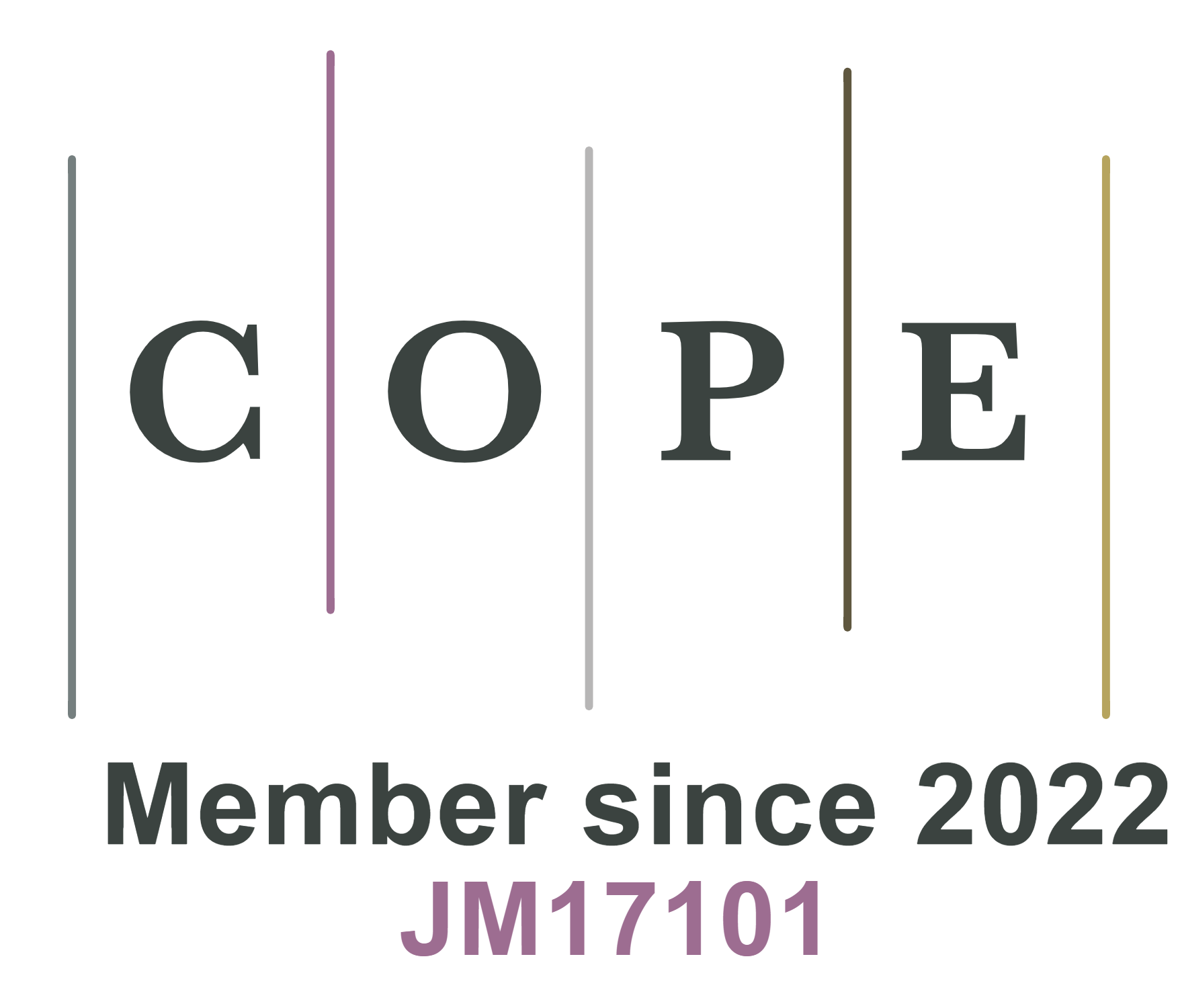REFERENCES
1. Lu Z, Wang J, Feng W, et al. Zinc single-atom-regulated hard carbons for high-rate and low-temperature sodium-ion batteries. Adv Mater 2023;35:2211461.
2. Sun N, Guan Z, Liu Y, et al. Extended “adsorption–insertion” model: a new insight into the sodium storage mechanism of hard carbons. Adv Energy Mater 2019;9:1901351.
3. Yin X, Lu Z, Wang J, et al. Enabling fast Na+ transfer kinetics in the whole-voltage-region of hard-carbon anodes for ultrahigh-rate sodium storage. Adv Mater 2022;34:2109282.
4. Liu G, Wang Z, Yuan H, et al. Deciphering electrolyte dominated Na+ storage mechanisms in hard carbon anodes for sodium-ion batteries. Adv Sci 2023;10:2305414.
5. Komaba S, Murata W, Ishikawa T, et al. Electrochemical Na insertion and solid electrolyte interphase for hard-carbon electrodes and application to Na-ion batteries. Adv Funct Mater 2011;21:3859-67.
6. Lu H, Ai F, Jia Y, et al. Exploring sodium-ion storage mechanism in hard carbons with different microstructure prepared by ball-milling method. Small 2018;14:1802694.
7. Liu Y, Lu YX, Xu YS, et al. Pitch-derived soft carbon as stable anode material for potassium ion batteries. Adv Mater 2020;32:2000505.
8. Li Z, Chen Y, Jian Z, et al. Defective hard carbon anode for Na-ion batteries. Chem Mater 2018;30:4536-42.
9. Yin B, Liang S, Yu D, et al. Increasing accessible subsurface to improving rate capability and cycling stability of sodium-ion batteries. Adv Mater 2021;33:2100808.
10. Fan C, Zhang R, Luo X, et al. Epoxy phenol novolac resin: a novel precursor to construct high performance hard carbon anode toward enhanced sodium-ion batteries. Carbon 2023;205:353-64.
11. Beda A, Taberna PL, Simon P, Matei Ghimbeu C. Hard carbons derived from green phenolic resins for Na-ion batteries. Carbon 2018;139:248-57.
12. Yin X, Zhao Y, Wang X, et al. Modulating the graphitic domains of hard carbons derived from mixed pitch and resin to achieve high rate and stable sodium storage. Small 2022;18:2105568.
13. Wu L, Buchholz D, Vaalma C, Giffin GA, Passerini S. Apple-biowaste-derived hard carbon as a powerful anode material for Na-ion batteries. ChemElectroChem 2016;3:292-8.
14. Kamiyama A, Kubota K, Nakano T, et al. High-capacity hard carbon synthesized from macroporous phenolic resin for sodium-ion and potassium-ion battery. ACS Appl Energy Mater 2020;3:135-40.
15. Zha X, Chen Y, Fan H, et al. Handedness inversion of chiral 3-aminophenol formaldehyde resin nanotubes mediated by metal coordination. Angew Chem Int Ed Engl 2021;60:7759-69.
16. Zhao J, Gilani MRHS, Lai J, et al. Autocatalysis synthesis of poly(benzoxazine-co-resol)-based polymer and carbon spheres. Macromolecules 2018;51:5494-500.
17. Zhang X, Dong X, Qiu X, et al. Extended low-voltage plateau capacity of hard carbon spheres anode for sodium ion batteries. J Power Sources 2020;476:228550.
18. Li Q, Liu X, Tao Y, et al. Sieving carbons promise practical anodes with extensible low-potential plateaus for sodium batteries. Natl Sci Rev 2022;9:nwac084.
19. Wang H, Sun F, Qu Z, et al. Oxygen functional group modification of cellulose-derived hard carbon for enhanced sodium ion storage. ACS Sustain Chem Eng 2019;7:18554-65.
20. Yi Z, Zhang J, Zhang S, Gao Q, Li J, Zhang W. Synthesis and mechanism of metal-mediated polymerization of phenolic resins. Polymers 2016;8:159.
21. Cheng D, Zhou X, Hu H, et al. Electrochemical storage mechanism of sodium in carbon materials: a study from soft carbon to hard carbon. Carbon 2021;182:758-69.
22. Gomez-martin A, Martinez-fernandez J, Ruttert M, Winter M, Placke T, Ramirez-Rico J. Correlation of structure and performance of hard carbons as anodes for sodium ion batteries. Chem Mater 2019;31:7288-99.
23. Li Y, Xu S, Wu X, et al. Amorphous monodispersed hard carbon micro-spherules derived from biomass as a high performance negative electrode material for sodium-ion batteries. J Mater Chem A 2015;3:71-7.
24. Alvin S, Yoon D, Chandra C, et al. Extended flat voltage profile of hard carbon synthesized using a two-step carbonization approach as an anode in sodium ion batteries. J Power Sources 2019;430:157-68.
25. Xia JL, Yan D, Guo LP, Dong XL, Li WC, Lu AH. Hard carbon nanosheets with uniform ultramicropores and accessible functional groups showing high realistic capacity and superior rate performance for sodium-ion storage. Adv Mater 2020;32:2000447.
26. Nazarian-Samani M, Nazarian-Samani M, Haghighat-Shishavan S, Kim KB. Efficient stress alleviation and interface regulation in
27. Rebelo SLH, Guedes A, Szefczyk ME, Pereira AM, Araújo JP, Freire C. Progress in the Raman spectra analysis of covalently functionalized multiwalled carbon nanotubes: unraveling disorder in graphitic materials. Phys Chem Chem Phys 2016;18:12784-96.
28. Jurkiewicz K, Pawlyta M, Zygadło D, et al. Evolution of glassy carbon under heat treatment: correlation structure-mechanical properties. J Mater Sci 2018;53:3509-23.
29. Morikawa Y, Nishimura S, Hashimoto R, Ohnuma M, Yamada A. Mechanism of sodium storage in hard carbon: an X-ray scattering analysis. Adv Energy Mater 2020;10:1903176.
30. Sun F, Wang H, Qu Z, et al. Carboxyl-dominant oxygen rich carbon for improved sodium ion storage: synergistic enhancement of adsorption and intercalation mechanisms. Adv Energy Mater 2021;11:2002981.
31. Kamiyama A, Kubota K, Igarashi D, et al. MgO-template synthesis of extremely high capacity hard carbon for Na-ion battery. Angew Chem Int Ed Engl 2021;60:5114-20.
32. Liu M, Wu F, Gong Y, et al. Interfacial-catalysis-enabled layered and inorganic-rich SEI on hard carbon anodes in ester electrolytes for sodium-ion batteries. Adv Mater 2023;35:2300002.
33. Tang Z, Zhang R, Wang H, et al. Revealing the closed pore formation of waste wood-derived hard carbon for advanced sodium-ion battery. Nat Commun 2023;14:6024.
34. Zhong J, Wang T, Wang L, et al. A silicon monoxide lithium-ion battery anode with ultrahigh areal capacity. Nanomicro Lett 2022;14:50.
35. Billaud J, Bouville F, Magrini T, Villevieille C, Studart AR. Magnetically aligned graphite electrodes for high-rate performance Li-ion batteries. Nat Energy 2016;1:16097.
36. Wu F, Zhang M, Bai Y, Wang X, Dong R, Wu C. Lotus seedpod-derived hard carbon with hierarchical porous structure as stable anode for sodium-ion batteries. ACS Appl Mater Interfaces 2019;11:12554-61.
37. Wang Q, Zhu X, Liu Y, Fang Y, Zhou X, Bao J. Rice husk-derived hard carbons as high-performance anode materials for sodium-ion batteries. Carbon 2018;127:658-66.
38. Alvin S, Cahyadi HS, Hwang J, Chang W, Kwak SK, Kim J. Revealing the intercalation mechanisms of lithium, sodium, and potassium in hard carbon. Adv Energy Mater 2020;10:2000283.
39. Dong R, Zheng L, Bai Y, et al. Elucidating the mechanism of fast Na storage kinetics in ether electrolytes for hard carbon anodes. Adv Mater 2021;33:2008810.
40. Chen C, Huang Y, Zhu Y, et al. Nonignorable influence of oxygen in hard carbon for sodium ion storage. ACS Sustain Chem Eng 2020;8:1497-506.
41. Han J, Johnson I, Lu Z, Kudo A, Chen M. Effect of local atomic structure on sodium ion storage in hard amorphous carbon. Nano Lett 2021;21:6504-10.
42. Dong X, Wang X, Lu Z, et al. Construction of Cu-Zn Co-doped layered materials for sodium-ion batteries with high cycle stability. Chin Chem Lett 2024;35:108605.









